Reward psychology plays a significant role in driving sales. Incentives motivate customers to make a purchase, and understanding this concept can help businesses boost their revenue. By leveraging reward psychology, companies can create effective marketing strategies that drive customer engagement.

When customers are offered rewards, they feel valued and appreciated, which can lead to increased loyalty and retention. This article will explore the concept of reward psychology and its significance in driving sales, providing insights into how businesses can harness its power to drive growth.
Table of Contents
Why do customers respond to gamified rewards?
Customers respond to gamified rewards because they tap into basic human psychology—our natural desire for achievement, recognition, and competition. Gamification makes purchasing or engaging with a brand fun and interactive, providing immediate feedback, progress tracking, and the excitement of earning points, badges, or exclusive perks. This sense of accomplishment and reward triggers positive emotions, reinforcing behavior and motivating customers to return, engage more, and even advocate for the brand.
How can incentives increase repeat visits?
Incentives can significantly increase repeat visits by creating a sense of value and reward for returning. When customers know they will receive discounts, loyalty points, or exclusive perks, they are more likely to come back to take advantage of these benefits. This not only encourages habitual engagement but also strengthens the emotional connection between the customer and the brand, making repeat visits feel rewarding rather than transactional.
Are You Leveraging the True Power of Rewards to Drive Sales?
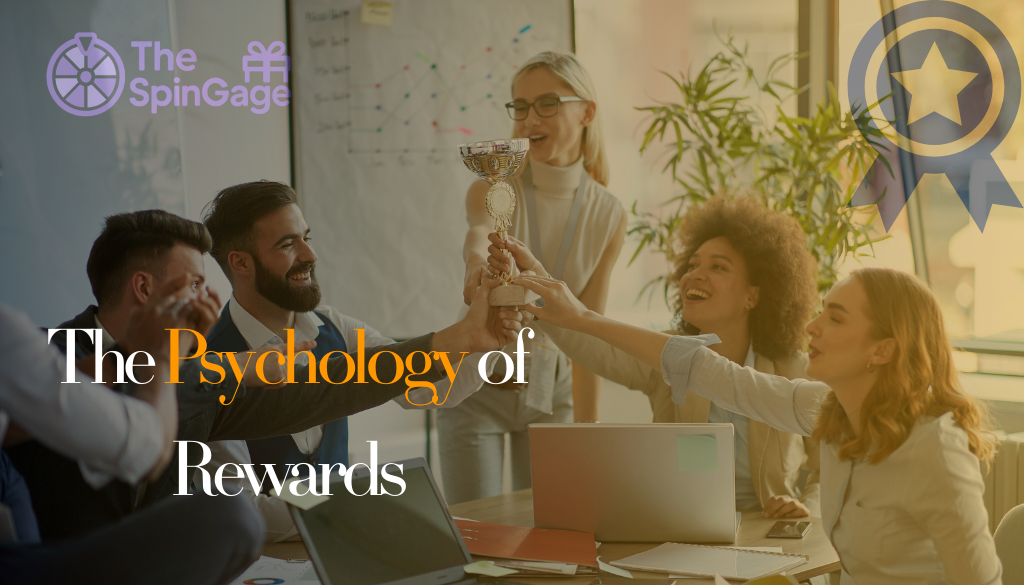
The psychology behind rewards isn’t just a marketing buzzword—it’s a science that can transform how your customers interact with your brand. When strategically implemented, incentives do more than encourage a purchase; they tap directly into the neurological and psychological triggers that motivate behavior.
From the dopamine-driven “feel-good” effect that creates instant pleasure, to the anticipation that fosters loyalty and repeat engagement, understanding The Psychology of Rewards: Why Incentives Drive Sales allows businesses to design campaigns that resonate deeply with their audience.
Financial incentives like discounts and cashback can drive immediate action, while non-monetary rewards such as recognition, exclusivity, and personalized experiences strengthen long-term relationships. Social incentives, referral programs, and gamified reward structures further amplify engagement by creating a sense of community and belonging.
How does SpinGage make rewards marketing effortless?
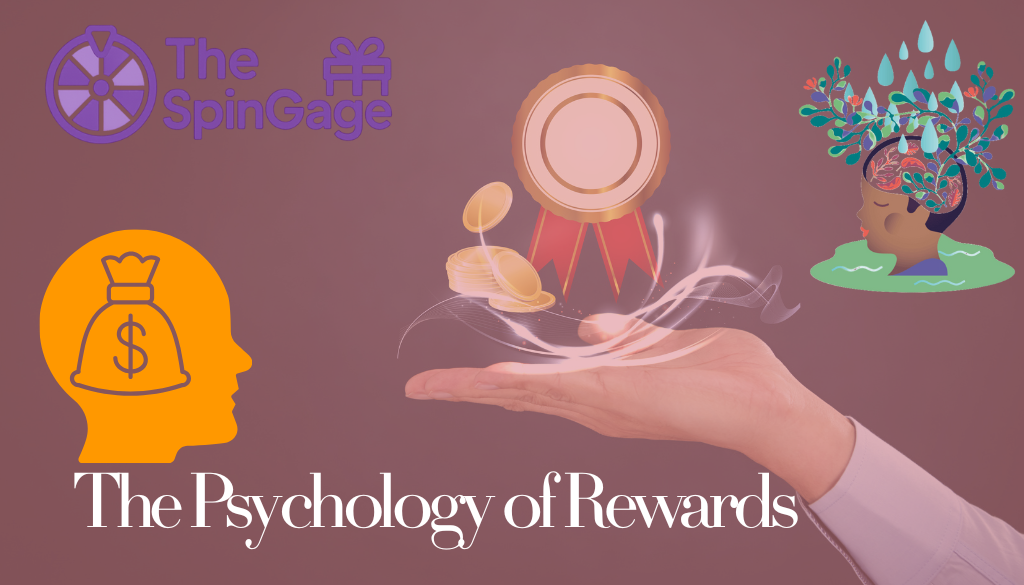
SpinGage makes rewards marketing effortless by automating the entire process of designing, launching, and managing incentive campaigns. With its intuitive platform, businesses can easily create personalized rewards, track engagement in real time, and analyze results—all without the usual complexity of manual marketing. This streamlined approach saves time, maximizes customer motivation, and ensures that every campaign drives meaningful sales outcomes.
By aligning incentives with your brand values, timing them effectively in your sales funnel, and personalizing rewards to meet customer preferences, you can transform casual buyers into loyal advocates. Ignoring the science behind reward psychology means missing out on a powerful tool to increase revenue, deepen customer loyalty, and create a lasting competitive advantage.
Discover how to implement a rewards strategy that truly converts and drives sustainable growth for your business.
Unlock Reward Strategies Now →
Understanding the Human Brain’s Response to Rewards
Understanding how our brains react to rewards can provide valuable insights into consumer behavior. The human brain is wired to respond to incentives, and this response is deeply rooted in neurological processes.
The Dopamine Effect: Our Brain’s Reward System
The release of dopamine, often referred to as the “feel-good” neurotransmitter, plays a crucial role in how we perceive rewards. When we receive a reward, dopamine is released, creating a feeling of pleasure.
How Neurotransmitters Influence Decision-Making
Neurotransmitters like dopamine influence our decision-making by associating certain actions or behaviors with positive outcomes. This neurological response drives our motivation to repeat behaviors that result in rewards.
Psychological Principles Behind Motivation
The psychological principles behind motivation are closely linked to the anticipation of rewards. Our brains are motivated to act in ways that will result in the release of dopamine, thereby reinforcing certain behaviors.
Why We’re Wired to Respond to Incentives
Humans are inherently wired to respond to incentives due to the neurological and psychological processes involved. The promise of a reward triggers a response that can drive consumer behavior.
| Neurological Response | Psychological Effect | Consumer Behavior Outcome |
|---|---|---|
| Dopamine Release | Feeling of Pleasure | Increased Motivation to Purchase |
| Anticipation of Reward | Enhanced Motivation | Repeat Business |
The Psychology of Rewards: Why Incentives Drive Sales
The connection between rewards and behavior is fundamental to understanding why incentives drive sales. Incentives tap into our psychological makeup, influencing our decisions and actions in predictable ways.
The Fundamental Connection Between Rewards and Behavior
Rewards stimulate our brain’s reward system, releasing dopamine and creating a feeling of pleasure. This dopamine effect is crucial in motivating behavior, as it associates the reward with the action that preceded it.
How Incentives Trigger Purchase Decisions
Incentives can trigger purchase decisions by creating a sense of urgency or by offering a perceived value. The conscious vs. subconscious response to rewards plays a significant role in this process.
The Conscious vs. Subconscious Response to Rewards
While some responses to incentives are conscious, others operate beneath our awareness. Understanding this dual response can help in designing more effective incentive programs.
The Role of Anticipation in Sales Psychology
Anticipation is a powerful psychological force in sales. When customers anticipate a reward, it can create a strong motivation to act. Key factors include:
- Creating expectation through clear communication
- Building anticipation over time
- Delivering rewards consistently to maintain trust

By understanding the psychology behind rewards and incentives, businesses can design more effective sales strategies that drive consumer behavior.
Types of Incentives That Drive Consumer Behavior
Understanding the diverse types of incentives that drive consumer behavior is key to designing successful sales strategies. Incentives play a crucial role in influencing consumer decisions, and businesses can leverage various types to achieve their sales goals.
Financial Incentives: Discounts, Cashback, and Rebates
Financial incentives are among the most straightforward and effective ways to drive consumer behavior. Discounts, cashback, and rebates offer immediate financial benefits that attract price-sensitive customers. According to a study, “64% of consumers say they are more likely to shop with a brand that offers some form of incentive.”
Price Psychology and Perceived Value
The effectiveness of financial incentives lies in their ability to alter price psychology and enhance perceived value. When consumers perceive they are getting a good deal, they are more likely to make a purchase. For instance, limited-time offers create a sense of urgency, prompting consumers to act quickly.
Non-Monetary Rewards: Recognition, Status, and Exclusivity
Non-monetary rewards tap into psychological needs such as recognition, status, and exclusivity. These incentives can be particularly effective in building brand loyalty. For example, exclusive access to new products or VIP customer service can make consumers feel valued and appreciated.
As Dan Ariely notes in his book “Predictably Irrational,” “The way we perceive value is not just about the actual value but also about the context in which we encounter it.” Non-monetary rewards provide a context that enhances the perceived value of a product or service.
Experiential Incentives: Creating Memorable Moments
Experiential incentives focus on creating memorable experiences for consumers. This can include event tickets, exclusive experiences, or unique services. Such incentives not only drive sales but also foster a deeper emotional connection with the brand.
“The experience economy is a major driver of consumer behavior, with experiences often being more memorable than material goods.” –
Joe Pine
Social Incentives: Leveraging Community and Belonging
Social incentives tap into the human need for community and belonging. Referral programs, social media contests, and loyalty programs that reward social interactions are examples of social incentives. These programs encourage consumers to engage with the brand and share their experiences with others.
- Referral programs that reward both the referrer and the new customer.
- Social media contests that encourage user-generated content.
- Loyalty programs that recognize and reward social interactions.
By understanding and leveraging these different types of incentives, businesses can create effective sales strategies that resonate with their target audience.
The Science of Effective Reward Timing
Effective reward timing is a science that can significantly impact consumer behavior. The way rewards are timed can either enhance or detract from their effectiveness in driving sales.
Immediate vs. Delayed Gratification in Sales
The debate between immediate and delayed gratification is central to understanding reward timing. Immediate gratification provides instant satisfaction, which can be particularly effective in driving impulse purchases. On the other hand, delayed gratification builds anticipation, potentially leading to more sustained engagement over time.
“The key to successful reward timing lies in understanding the psychological impact of immediate versus delayed gratification on consumer behavior.”
Research suggests that immediate rewards can activate the brain’s reward system more strongly, releasing dopamine and creating a positive association with the brand. However, delayed rewards can foster a sense of anticipation and loyalty, as customers look forward to the reward.
The Strategic Timing of Incentives in the Sales Funnel
The sales funnel represents a customer’s journey from initial awareness to making a purchase. Strategically timing incentives within this funnel can significantly enhance their effectiveness.
Pre-Purchase, Purchase, and Post-Purchase Incentives
- Pre-purchase incentives can encourage potential customers to take the first step, such as signing up for a newsletter or trial.
- Purchase incentives directly drive sales by offering discounts or rewards at the point of purchase.
- Post-purchase incentives foster loyalty and encourage repeat business by rewarding customers after their purchase.

Creating Anticipation Through Reward Scheduling
Scheduling rewards to create anticipation can be a powerful strategy. By building anticipation, brands can create a psychological response that makes the reward more satisfying when it’s finally received.
“The anticipation of a reward can be just as powerful as the reward itself, driving engagement and loyalty.” This approach requires careful planning to ensure that the anticipation builds positively towards the reward.
By understanding the science behind effective reward timing, businesses can design incentive programs that not only drive sales but also foster long-term customer loyalty.
Designing Reward Programs That Convert
The key to a successful reward program lies in understanding the psychology behind customer loyalty and designing incentives that resonate with the target audience. Effective reward programs are tailored to individual preferences, encourage progression, and foster a sense of loyalty among customers.
Personalization: Tailoring Incentives to Individual Preferences
Personalization is crucial in making customers feel valued. By analyzing customer data, businesses can offer targeted incentives that align with individual preferences, increasing the likelihood of repeat purchases. For instance, a retail brand might use purchase history to offer personalized discounts.
Tiered Reward Systems: Encouraging Progression
Tiered reward systems motivate customers to progress through levels by offering increasingly valuable rewards. This strategy not only encourages repeat business but also creates a sense of achievement among customers. For example, a coffee shop might implement a tiered loyalty program that rewards customers with free drinks and exclusive offers as they progress.
The Psychology of Loyalty Programs
Loyalty programs tap into the psychological need for belonging and recognition. By implementing a well-designed loyalty program, businesses can create a strong emotional connection with their customers.
From First-Time Buyers to Brand Advocates
Effective loyalty programs can transform first-time buyers into loyal brand advocates. By offering rewards that resonate with customers, businesses can foster loyalty and encourage customers to share their positive experiences with others.
Gamification Elements That Drive Engagement
Gamification elements, such as challenges, badges, and leaderboards, can significantly enhance customer engagement. By incorporating game-like mechanics into reward programs, businesses can make the experience more enjoyable and interactive, thereby increasing customer participation.
By combining personalization, tiered reward systems, and gamification, businesses can create reward programs that not only drive sales but also build lasting customer relationships.
Implementing Effective Incentive Strategies
Crafting an effective incentive strategy involves balancing budget constraints with customer expectations. To achieve this balance, businesses must consider several key factors.
Aligning Incentives with Brand Values and Positioning
It’s crucial that incentive programs reflect and reinforce a brand’s core values and market positioning. This alignment ensures that incentives resonate with the target audience and enhance the brand’s overall image.
For instance, a brand known for its eco-friendly products might offer incentives that promote sustainable practices, such as discounts on reusable bags or rewards for recycling.
Budget Considerations: Maximizing Impact with Limited Resources
Businesses often face budget constraints when designing incentive programs. To maximize impact, companies can focus on cost-effective incentives like exclusive experiences or loyalty points.
| Incentive Type | Cost Effectiveness | Customer Appeal |
|---|---|---|
| Discounts | Moderate | High |
| Exclusive Experiences | High | Very High |
| Loyalty Points | Low | Moderate |
Cross-Departmental Collaboration for Incentive Programs
Successful incentive programs require collaboration across multiple departments, including marketing, sales, and customer service.
Marketing, Sales, and Customer Service Alignment
Aligning these departments ensures that incentive programs are consistently communicated, effectively delivered, and positively received by customers.
For example, marketing can promote the incentive, sales can ensure it’s properly integrated into the sales funnel, and customer service can handle any related queries or issues.
By working together, businesses can create cohesive and compelling incentive strategies that drive customer engagement and loyalty.
Case Studies: Successful Incentive-Driven Sales Campaigns
Examining case studies of successful incentive-driven sales campaigns reveals valuable insights into effective sales strategies. By analyzing how different businesses have implemented incentive programs, we can identify key factors that contribute to their success.

Retail Success Stories: How Major Brands Leverage Rewards
Major retail brands have successfully used incentive programs to drive sales. For instance, a well-known coffee chain implemented a loyalty program that rewarded customers with free drinks after a certain number of purchases. This not only increased repeat business but also encouraged customers to try new menu items.
Key Takeaway: Personalization is crucial. The coffee chain’s program used customer data to offer tailored rewards, enhancing the customer experience and fostering loyalty.
B2B Incentive Programs That Transformed Sales
In the B2B sector, companies have seen significant results from incentive programs designed for their sales teams and distributors. For example, a software company introduced a tiered incentive program that rewarded sales representatives for meeting and exceeding sales targets. This led to a substantial increase in sales performance.
Notably, the program also included training and support for sales teams, ensuring they had the resources needed to succeed.
Small Business Applications of Reward Psychology
Small businesses can also benefit from incentive-driven sales campaigns. A local boutique, for instance, used a simple yet effective rewards program that offered discounts to customers who referred friends. This low-cost strategy helped increase customer referrals and boosted sales.
Low-Cost, High-Impact Incentive Strategies
For small businesses with limited budgets, there are still numerous low-cost, high-impact incentive strategies available. These include leveraging social media contests, offering exclusive deals to loyal customers, and implementing referral programs.
By understanding the psychology behind incentives and applying it to their specific business context, companies of all sizes can create effective sales campaigns that drive results.
Potential Pitfalls and Psychological Backfires
While incentives can be a powerful tool for driving sales, there are potential pitfalls that marketers must be aware of to avoid backfires. Understanding these risks is crucial for designing effective incentive programs.
When Incentives Devalue Your Product or Service
Overusing discounts or rewards can lead consumers to perceive a product or service as being worth less than its original price. This can be detrimental to brand image and long-term profitability.
Reward Fatigue: When Incentives Lose Their Power
Consumers can become desensitized to incentives if they are too frequent or predictable. This phenomenon, known as reward fatigue, diminishes the effectiveness of incentive programs over time.
Ethical Considerations in Incentive Marketing
Marketers must consider the ethical implications of their incentive programs. Manipulative or deceptive practices can erode trust and damage brand reputation.
Transparency and Trust in Reward Programs
Transparency is key to building trust in reward programs. Clear communication about the terms, conditions, and benefits of incentives fosters a positive relationship with consumers.
“The key to successful incentive programs is not just about offering rewards, but about creating a meaningful connection with your customers.”
— Marketing Expert
| Potential Pitfall | Description | Mitigation Strategy |
|---|---|---|
| Incentives Devaluing Products | Overuse of discounts can lower perceived value | Limit frequency and depth of discounts |
| Reward Fatigue | Consumers become desensitized to rewards | Vary incentives and surprise consumers |
| Ethical Concerns | Manipulative practices erode trust | Ensure transparency and fairness |
Conclusion: Building a Sustainable Incentive Strategy
A successful incentive program relies on understanding the psychology behind rewards and their impact on consumer behavior. Businesses can develop a sustainable incentive strategy that drives sales and enhances customer loyalty by leveraging these principles.
A well-designed program boosts sales, fosters a positive brand image, and encourages customer loyalty. Continuous evaluation and refinement are essential to ensure the incentive strategy remains aligned with brand values and resonates with the target audience.
Personalization, tiered reward systems, and gamification elements can create an engaging incentive program. The timing and type of incentives significantly impact their effectiveness. A sustainable incentive strategy drives revenue growth and achieves long-term success by increasing customer engagement and loyalty.
FAQ
What is reward psychology and how does it drive sales?
Reward psychology refers to the study of how rewards influence human behavior, particularly in the context of sales and marketing. It drives sales by leveraging the brain’s response to incentives, releasing dopamine and motivating individuals to make purchasing decisions.
How do incentives trigger purchase decisions?
Incentives trigger purchase decisions by creating a perceived value in the consumer’s mind, making the product or service more appealing and increasing the likelihood of a sale. This is often driven by the anticipation of a reward, which can be financial, non-monetary, or experiential.
What types of incentives are most effective in driving consumer behavior?
The most effective incentives vary depending on the target audience and product or service. Common types of incentives include financial incentives like discounts and cashback, non-monetary rewards like recognition and exclusivity, experiential incentives like events and contests, and social incentives that leverage community and belonging.
How does the timing of incentives impact their effectiveness?
The timing of incentives is crucial, as it can significantly impact their effectiveness. Immediate gratification can drive impulse purchases, while delayed gratification can create anticipation and encourage repeat business. Strategically timing incentives within the sales funnel can also maximize their impact.
What are some common pitfalls to avoid when using incentives in sales and marketing?
Common pitfalls include devaluing products or services by overusing incentives, causing reward fatigue, and failing to align incentives with brand values and positioning. It’s also essential to consider ethical implications and maintain transparency and trust in reward programs.
How can businesses design effective reward programs that drive engagement and conversion?
Businesses can design effective reward programs by personalizing incentives, using tiered reward systems, and incorporating gamification elements. Loyalty programs can also be highly effective in driving repeat business and encouraging brand advocacy.
What role does cross-departmental collaboration play in implementing successful incentive strategies?
Cross-departmental collaboration is critical in implementing successful incentive strategies, as it ensures alignment between marketing, sales, and customer service teams. This helps to maximize the impact of incentives and create a cohesive brand experience.
How can businesses measure the effectiveness of their incentive programs?
Businesses can measure the effectiveness of their incentive programs by tracking key performance indicators like sales lift, customer retention, and customer acquisition. They can also use data analytics to refine their incentive strategies and optimize their ROI.

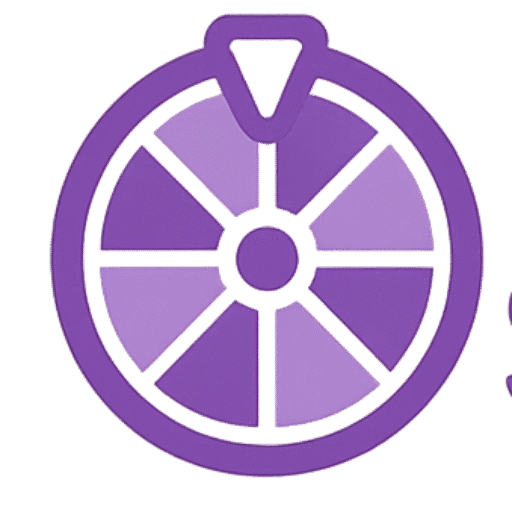

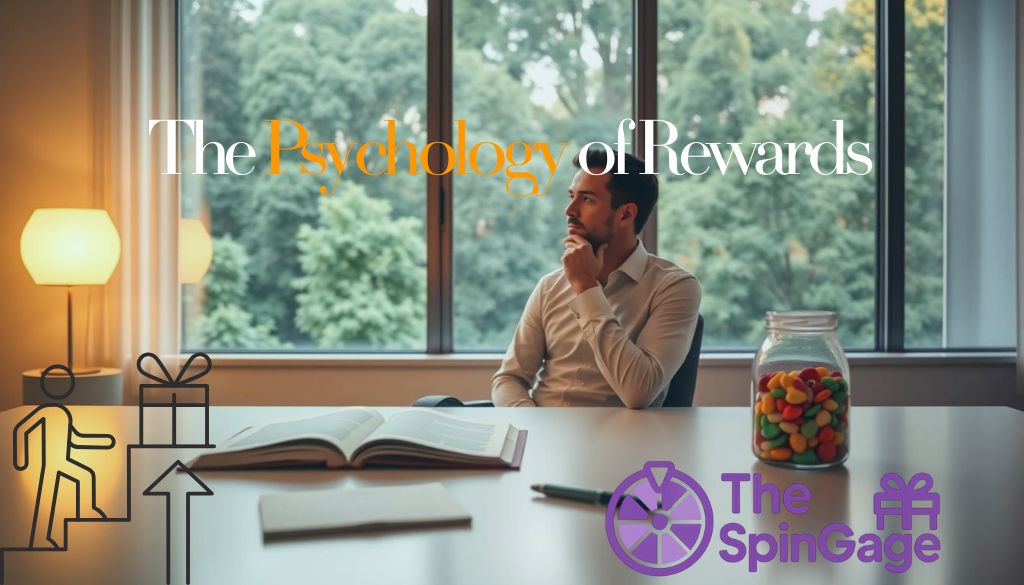
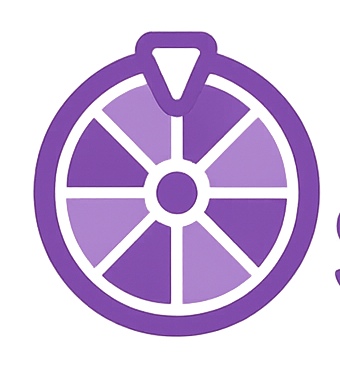

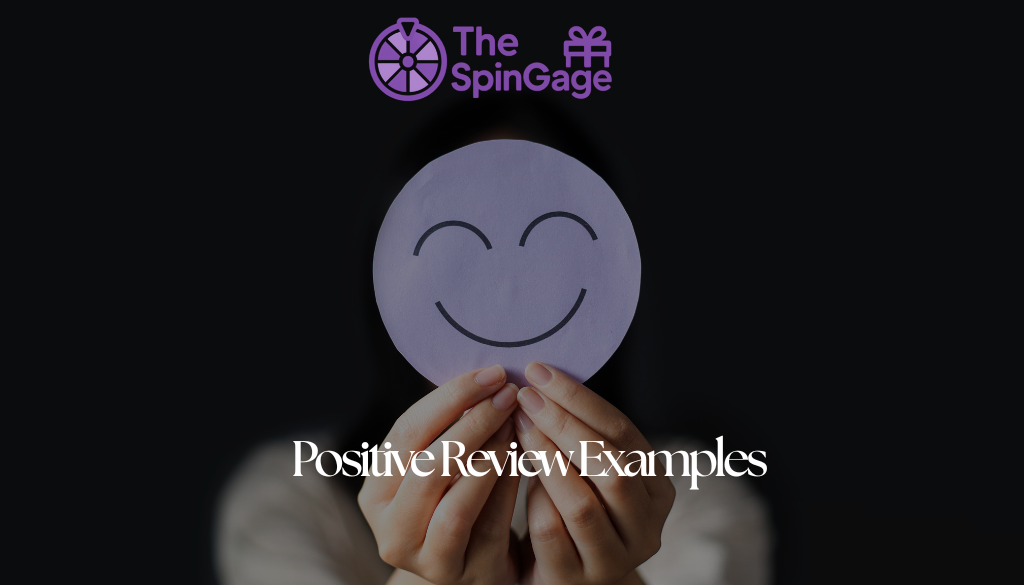
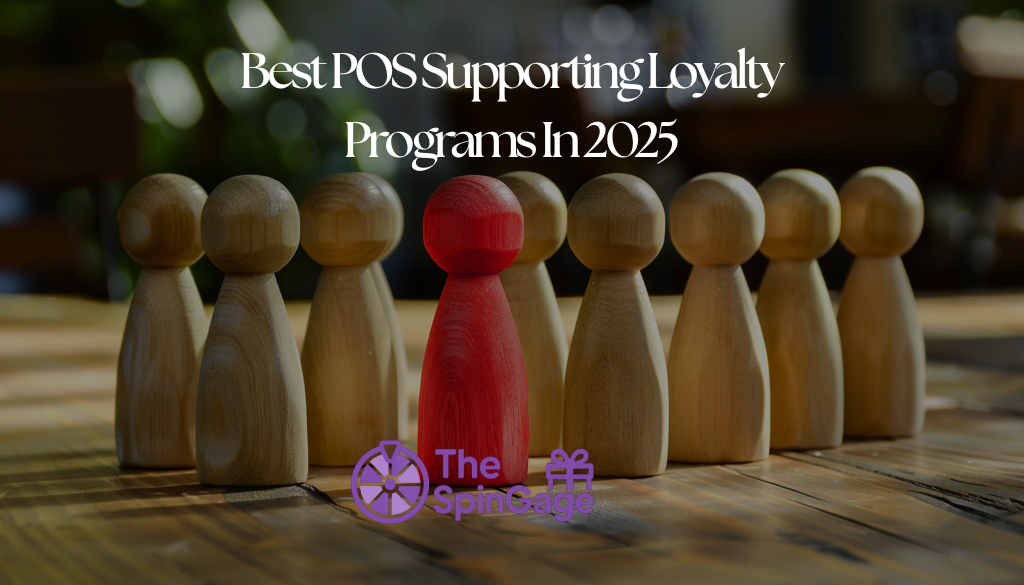
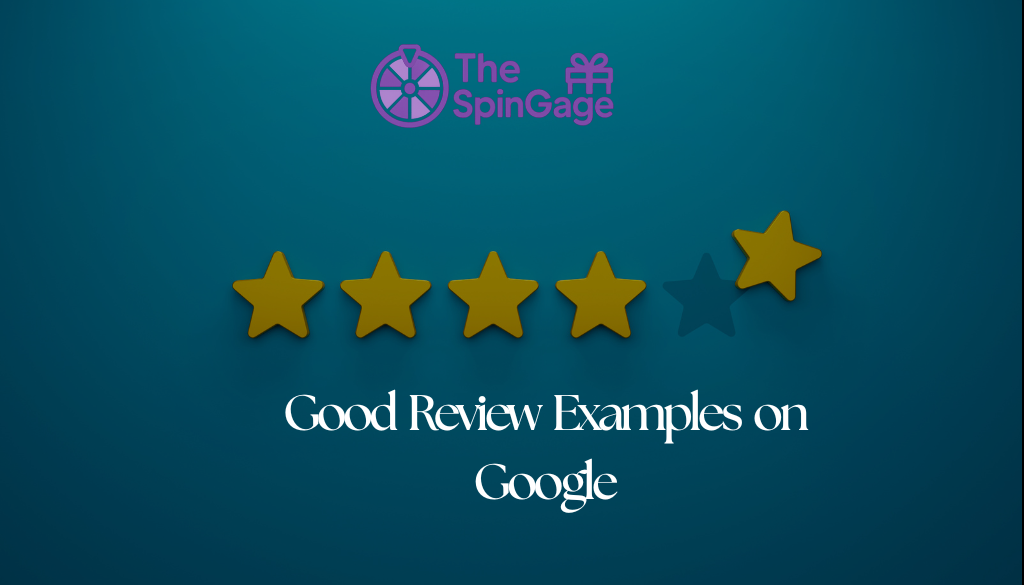

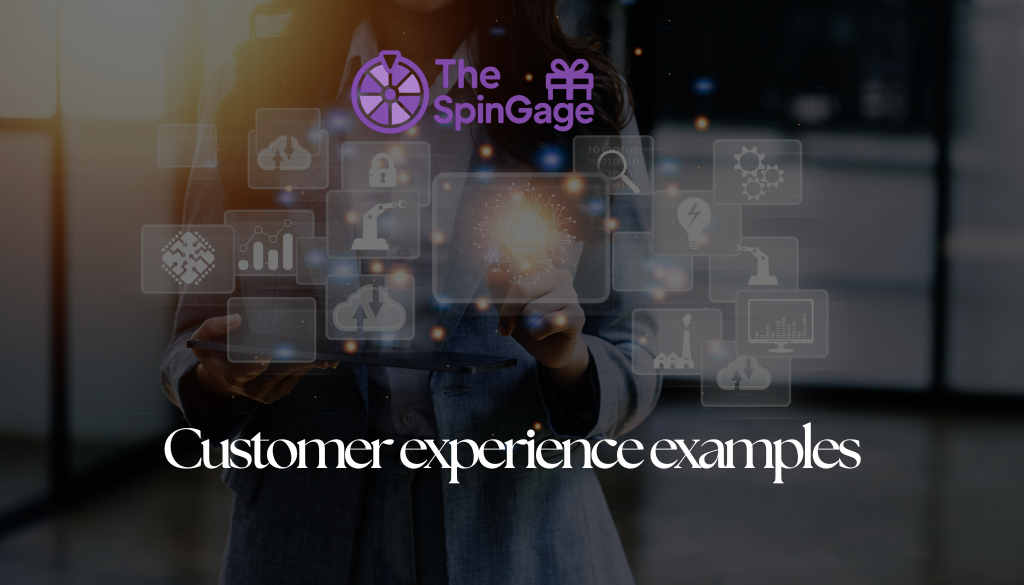
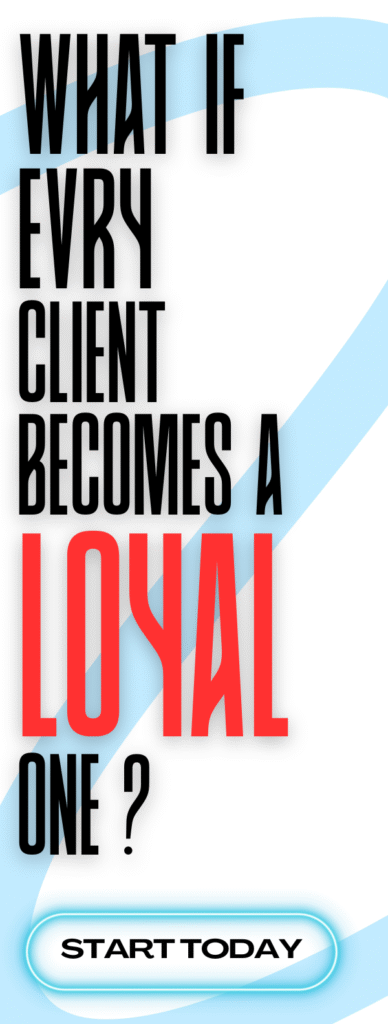
Leave a Reply